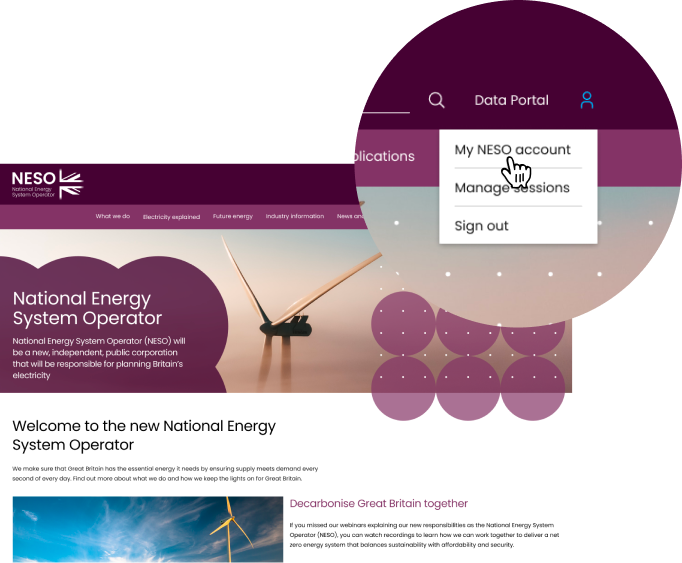Enhanced RMS (e-RMS) models for stability assurance
Project summary
Threats of instabilities posed by high fractions of inverter-based resources (IBRs) force the system operators to operate conservatively by curtailing wind or limiting interconnector flows, for example.
| Name | Status | Project reference number | Start date | Proposed End date |
|---|---|---|---|---|
| Enhanced RMS (e-RMS) models for stability assurance | Live | NIA2_NGESO050 | Jan 2024 | Oct 2025 |
| Strategy theme | Funding mechanism | Technology | Expenditure |
|---|---|---|---|
| Net zero and the energy system transition | NIA_RIIO-2 | Modelling | £400,000 |
Threats of instabilities posed by high fractions of inverter-based resources (IBRs) force the system operators to operate conservatively by curtailing wind or limiting interconnector flows, for example. System studies with existing RMS models (e.g., ‘GB master’) or EMT simulation can’t necessarily foresee or replicate such stability problems. The aim of this project is to develop an enhanced RMS (e-RMS) modelling framework that can provide dynamic stability assurance in planning studies and at operation timescale without carrying the cost of being overly conservative. This would be achieved by an e-RMS model of IBRs as a digital twin with modelling adequacy of both IBRs and the network in the sub-synchronous frequency range. The e-RMS model will provide early warning of any incipient instability and identify its root cause allowing targeted intervention and effective mitigation.
Benefits
Currently, existing simulation models struggle to anticipate instability issues caused by inverter-based resources (IBRs), leading operators to limit renewable generation from IBRs to ensure grid security. The project's development of an enhanced RMS (e-RMS) model for IBRs, functioning as digital twins of high-fidelity IBR models, addresses these challenges. It enables a more thorough analysis of IBR-dominated systems, allowing for greater renewable integration without compromising grid stability. The e-RMS model facilitates advanced stability studies, real-time applications, and root cause analysis, ultimately ensuring a reliable and affordable power supply during the transition to net zero emissions.
Outcomes
The outcomes at this stage include: #
- Developing a ‘GB-like’ test case for EMT benchmark
- EMT modelling of IBR-dominated power systems
- Studying IBR model parameterisation
- Modelling adequacy – role of network dynamics
- Studying the feasibility of the root cause using participation factor
Lessons Learnt
The lessons learnt at this stage include:
- Choosing a suitable reduced model;
- Ensuring the availability of required data can reflect the real issues on the GB network.
| Name | Published |
|---|---|
| NIA Project Registration and PEA Document | 06 Dec 2023 |
| Annual progress review | 29 Jul 2024 |
